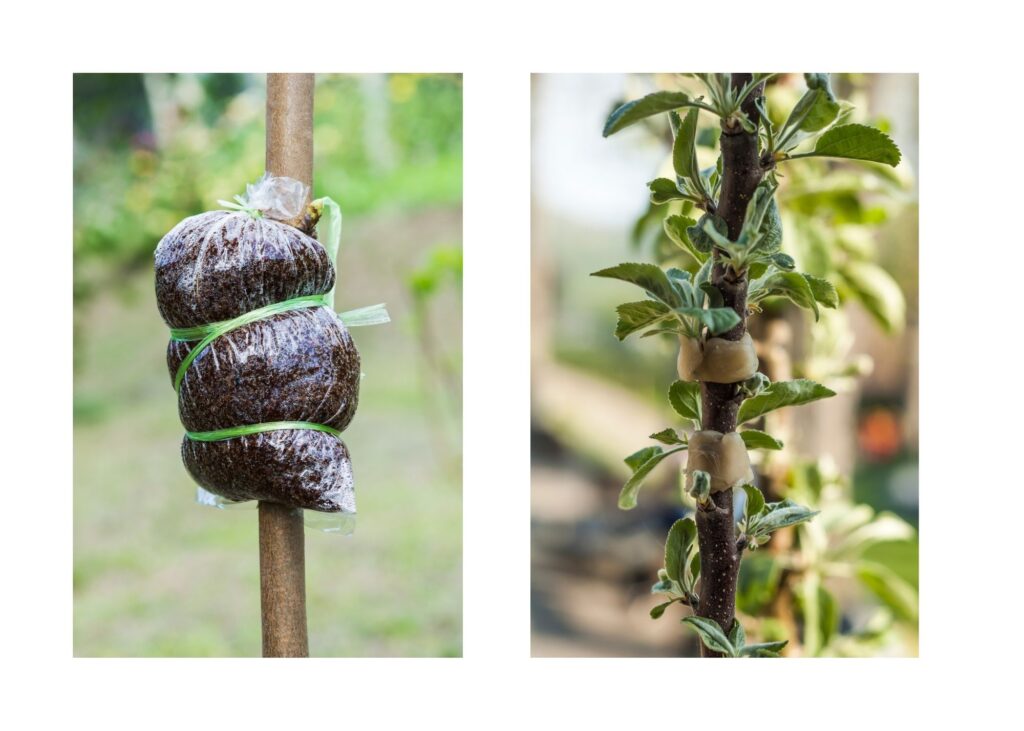By Tom Dayton

Everyone gets excited about new introductions of plants. In some cases, but not all, many like having something their neighbors don’t have.
Did you ever wonder where all of the new plants come from year after year? Well, here are the ways new plants are created:
- Chance seedlings that are markedly different (seed selection)
- Controlled breeding through hand pollination
- Natural mutations
- Induced mutations through radiation
- Genetic modification (GMO)
An example of a chance seedling is the Golden Delicious apple born back in 1985. The flavor and storage capability were sought after by breeders for at least 100 years. The now well-known Stark Brothers traveled 1,000 miles via railroad to the only place where this golden apple tree had grown. They offered the family $5,000. in 1914, which is equivalent to $130,000. today, to control the rights of this variety. Luckily, they went on this journey as the then unknown variety is now the strongest pollinator for other types of apple trees.
As far as controlled breeding, many breeders will do one or more crosses of plants with a specific goal in mind whether its flower color, greater winter hardiness and so on. The pollination is controlled so that the blooms are covered to keep insects from natural pollination so the breeder may hand pollinate specific plants to come up with the new variety.
On the other hand, natural mutations happen all the time with some good and some bad results.
If a mutation is stable (does not revert back) and is distinctly different and attractive, it may be reproduced by tissue culture in the laboratory or cuttings. Case in such is the Endless Summer Hydrangea as it was found growing in a garden and producing new flower buds during the growing season unlike other hydrangeas of the same family.
Induced mutations are artificially induced changes in plants, either physical or chemical. The scientists bombard seeds and other plant material with radiation such as gamma rays to create mutations. A nursery in France has bred many new forsythia varieties using this radiation method.

Genetically modified plants (GMO) are those in which gene splicing occurs. The genes are mapped from the original plant then the desired gene is spliced within the original DNA. An example of this method are Roundup ready soybeans, corn and even cotton. The glyphosate (Roundup) may be sprayed right over the crop for weed control without damaging or killing the crop.
Then cuttings, microculture budding or grafting onto a root stock will produce the new plant variety in sufficient numbers to patent and sell to the market.
So you can see that creating a new plant is a long process including applying for a patent to be able to profit from all the expense and hard work for at least 17 years.